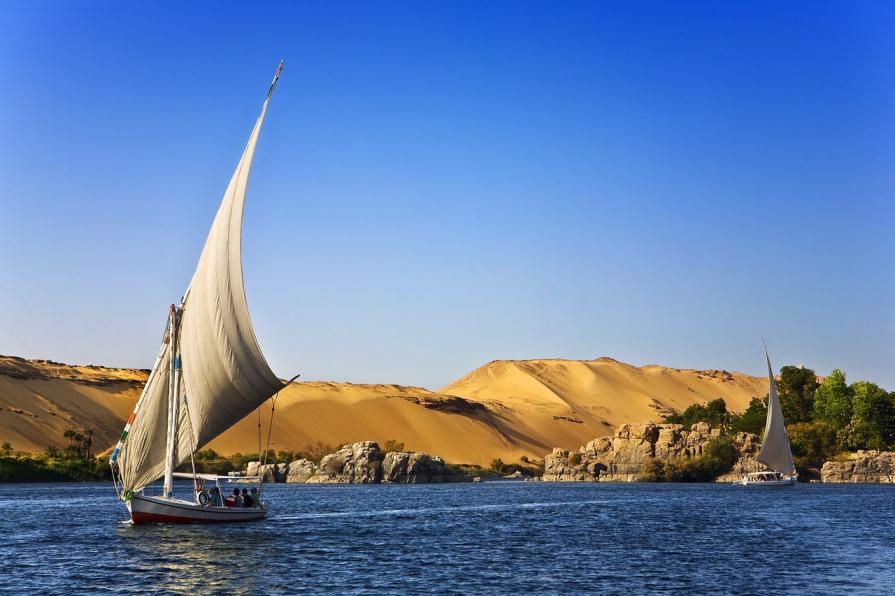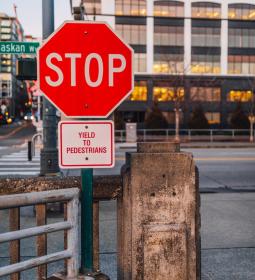-
Egyptian pantheon

The Egyptian pantheon is one of the most numerous. The Egyptians worshiped hundreds of gods and goddesses, according to various sources, from 1000 to 5000 deities are known.
Pharaoh Akhenaten, known as Amenhotep IV, carried out a religious reform with the aim of converting to monotheism. However, after his death, all his ideas were consigned to oblivion and the Egyptians returned to the old religious system.

-
Mummification

The Egyptians believed in immortality and an afterlife, so the body of the deceased was mummified. Initially, this process consisted of drying the corpse in the sun, later the method became more complicated and turned into an act of art. The entrails were taken out, the body was dehydrated, rubbed with drugs and herbs, and then wrapped in linen ribbons. This was to protect the body from decay and preserve the appearance of a person for the afterlife. The internal organs were placed in the tomb along with the mummy so that the deceased could be reborn.
-
Pyramids

Thousands of years later, the Egyptian pyramids are still impressive and amazing. It is difficult even for a modern person to imagine how the Egyptians, not having the technical capabilities that we have today, were able to erect such majestic architectural structures in the desert!
The construction of the pyramids is still shrouded in many secrets and is the subject of much research.
-
Medicine
Medicine in Egypt was at a very high level, doctors were divided according to specialties. The Egyptians left written evidence of methods of treatment for various diseases and injuries. The development of medicine was facilitated by the knowledge gained during mummification - the Egyptians were well versed in the anatomy of the human body. Doctors of Ancient Egypt treated eye diseases, gastrointestinal problems, respiratory tract diseases, could carry out amputation, sew up a wound, and even put a wooden prosthesis.
-
Mathematics
Little is known about the development of mathematics in Ancient Egypt, but enough to conclude that the Egyptians could add, subtract, divide and multiply, knew the basics of algebra and geometry.
Mathematics was necessary for the development of civilization and affected many spheres of life: agriculture, construction, including shipbuilding, helped in accounting and taxation, when conducting commercial transactions.
-
Letter

The Egyptian language is one of the oldest with a written language. The Egyptians used two types of writing: hieroglyphics and hieratic . Complicated hieroglyphs, consisting of various images, were painted, for example, on tombs and frescoes. Hieratic signs (a lighter version of hieroglyphs) were used for everyday writing. They wrote horizontally from right to left.
-
First peace treaty
The very first written peace treaty was concluded between the Egyptians and the Hittites, their closest neighbors. The two states have been at war for almost 200 years, and the peace treaty was a real relief.
The document was drawn up in two languages and was a non-aggression pact and alliance in the future. To seal the treaty, the daughter of the Hittite ruler was married to the Egyptian pharaoh Ramses II.
-
Faience
Faience in its modern form appeared in the 16th century in France, but the secret of the production of this glassy material was well known to the Egyptians. For the first time, the recipe for its manufacture was discovered in Mesopotamia, but it was in Ancient Egypt that they improved and achieved mastery in production. Earthenware was used to make dishes, decorations, figurines, facing tiles of various colors: red, blue, yellow, green, white.
-
Shipbuilding

The Egyptians used the Nile as a transport highway, thanks to which shipbuilding and shipping in ancient Egypt were well developed. During the floods that occurred annually due to the flooding of the Nile, boats became an important necessity and means of transportation for the local population.
At first they built small boats and ordinary rafts, then they learned how to build small wooden ships, and over time they mastered the construction of large merchant ships and military shipbuilding.
With all this, the Egyptians did not become famous navigators.
-
Army
Ancient Egypt was surrounded by the Sahara. The location, on the one hand, was profitable and safe. On the other hand, the Egyptians suffered from regular attacks by nomadic peoples. An army appears to defend the territory: in the future, it provided Ancient Egypt with leadership and supremacy in the Middle East for almost 3 thousand years. The warriors were recruited from the local population and carefully trained.
The Egyptians successfully used long-range weapons - bows and arrows - to weaken the enemy before engaging in hand-to-hand combat. At the time of the attack, chariots were used, on which two warriors were placed at once - a shooter and a charioteer. The Egyptian army was divided into infantry, chariot troops and the navy.
-
Kitchen

The basis of the diet of the ancient Egyptians is baked goods. Bread was made from various types of grain crops. In addition to bread, they used cream, butter and cottage cheese for food, and honey from sweets. In addition, they ate dried salted fish, meat of ducks, quails and other small birds. Cucumbers, peas, chickpeas were grown and eaten, and onions and garlic were valued. Grapes, dates, watermelons and melons were also popular among the Egyptians.
Milk was preferred among drinks. And the most popular alcoholic drink was beer, which was brewed from wheat and dates.
-
Entertainment
Board games were popular among the ancient Egyptians for recreation and entertainment. Children played with a ball and wooden toys.
The Egyptians loved music. Initially, it only framed the singer's voice as an accompaniment, but later it began to develop into an independent art form.
The main instruments of the Egyptians are the harp and flute. later, drums, lyres, tambourines, and bells were brought from Asia.
-
Literature

Egyptian literature is the first in the world, along with Sumerian literature. Religious texts, letters, messages, funeral texts, poems and biographies of nobles - all this formed the basis of the literature of Ancient Egypt. In the future, stories, predictive and edifying texts appear. An important genre of ancient Egyptian literature is graffiti, which was applied on the walls of temples and on sarcophagi.
The papyrus scrolls invented by the Egyptians are the first prototypes for books.
-
Judicial system
At the head of the judicial system was Pharaoh - a god on earth who guaranteed justice. Unfortunately, none of the legal documents of the Egyptians have reached us, but it is known for certain about the existence of legal texts. The law was based on moral principles about good and evil. The role of the judge was performed by the pharaoh or chati (vizier). Any citizen could go to court, the scribes kept a record of precedents.
Common punishments included fines, hard labor, beatings, mutilation, and the death penalty by beheading, impaling, or drowning.
-
Age of Ancient Egypt
The ancient Egyptian civilization was of a very venerable age: it existed for almost 3 millennia - 30 centuries.













